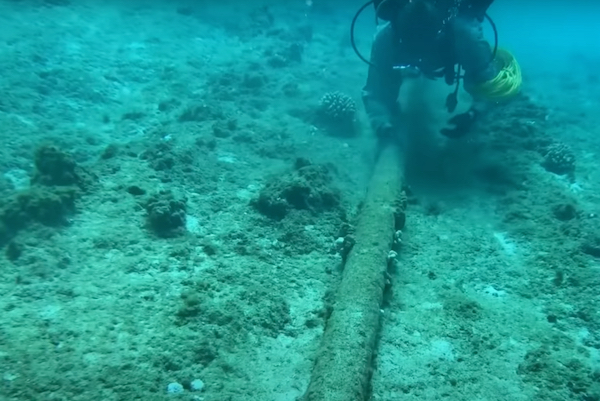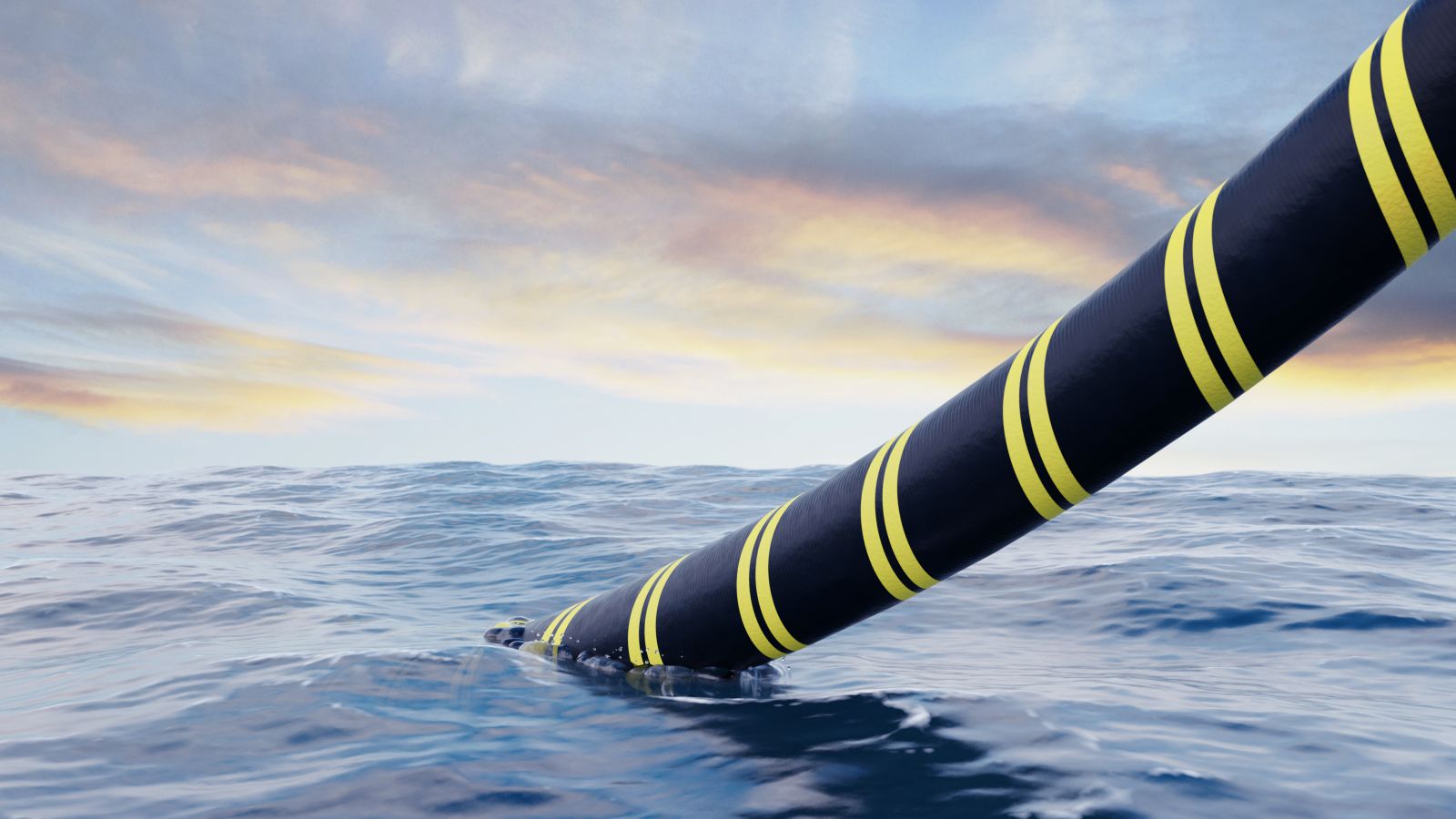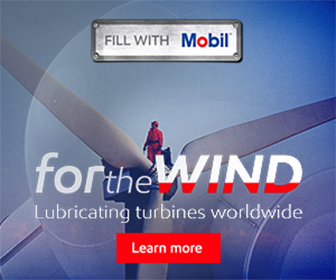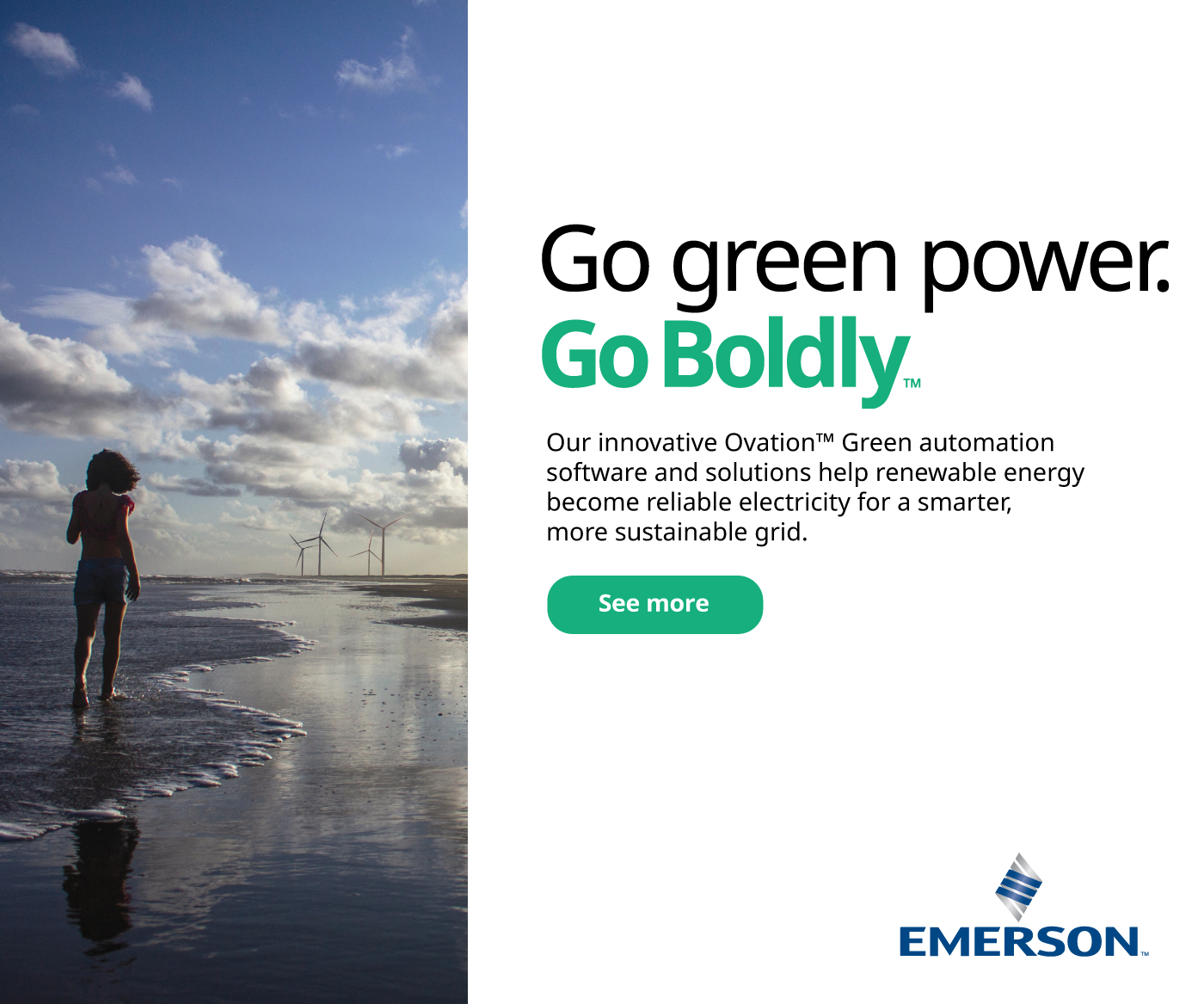Subsea Cable Failure Could Derail Offshore Wind
The criticality of offshore wind and the role it will play in helping achieve global net zero targets by 2050 cannot be underestimated. In 2020, global capacity was sitting at 30GW. Fast forward to 2050, and the generating capacity will have to make a colossal leap of 1,120GW if that target is to be met.
There is worldwide appetite to satisfy this ambition for offshore wind capacity. By the end of this decade alone, it’s anticipated that more than £620billion will be invested in windfarm development to meet the target.
But this is under threat by a hazard that lies beneath the surface of the seabed. Poorly performing, unreliable subsea cables are the most common cause of failure in offshore wind assets.
 The problems go much deeper than the negative impact on the ability to bring reliable, green power onshore from existing developments: At risk is the subsequent capacity because the prevalence of cable failure is now causing insurers to question their insurability. It is estimated that around 85 percent of the total value of offshore wind insurance claims relate to subsea cables. With an average settlement amounting to around £9million, insurers underwriting those cables are losing money.
The problems go much deeper than the negative impact on the ability to bring reliable, green power onshore from existing developments: At risk is the subsequent capacity because the prevalence of cable failure is now causing insurers to question their insurability. It is estimated that around 85 percent of the total value of offshore wind insurance claims relate to subsea cables. With an average settlement amounting to around £9million, insurers underwriting those cables are losing money.
Brokers are now warning that the number of cable claims is affecting capacity and coverage, and with the cost of repairs running into millions, warranties are not covering the costs of business interruption. As a result, there is now a very real danger that options for insuring these cables will be severely limited, with the knock-on effect being a constraint on the world’s ability to meet net-zero targets.
To meet the generating capacity target, windfarm developments around the world will require the installation and maintenance of thousands of miles of reliable cables under the seabed. Without rapid identification of solutions that will ensure their reliability, however, the resultant insurance crisis will have a catastrophic impact on offshore wind projects around the world.
The potential for derailing offshore wind projects will become even more likely as we move from fixed to floating offshore wind, which poses even greater challenges to subsea cable performance. At a recent conference on the subjects of cables, one developer estimated it costs around $425million to insure a 1.2GW offshore windfarm over its lifetime; insurance brokers forecast the insurance costs of floating offshore wind will be 30 percent higher than fixed.
With research confirming that most cable failures can be addressed by the underwater industry itself, it’s vital to establish an industry-wide approach that identifies the issues and potential solutions.
Thankfully, there is a genuine desire for industry-wide collaboration and information sharing, and a willingness to set aside the barriers to cooperative working in an environment that’s often siloed, secretive, and too heavy with non-disclosure agreements (NDAs).

A newly-established subsea cables forum helps bring the industry together to work for resolution and meaningful, positive change. Primarily representing companies operating in the UK’s £8billion underwater industry, the impact of the forum’s work will be global.
Potential weak points can occur at any stage of a cable’s lifespan. There’s no one area at fault, no single point where fingers can be pointed and blame attributed. Issues and problems can stem from any phase or multiple phases, from design and manufacturing to installation and operations.
To address this, forum membership is drawn from representatives of all those phases who are working together to develop a roadmap for improving the quality, performance, and therefore insurability, of cables at every stage of their lifetime.
Their focus will be on identifying and agreeing on proposed courses of actions to improve subsea cable performance and reliability at every touchpoint. These will include new initiatives, adopting common standards, work practices and methodologies, and any other means of improving quality and reliability.
With time ticking away, the need to identify remedial action which will increase the reliability of subsea cables, minimize down time, and reduce risk and cost is critical to securing the success of offshore wind as a key driver for the energy transition.
If we are to avoid the cataclysmic impact of a derailed offshore wind industry, we need agreed upon industry-wide best practices that will improve the reliability and performance of cables. Ensuring they remain an insurable commodity is imperative.
Time is not on our side. The challenges are many. Resolution will not be easy, but failure is not an option. We need to work together to secure the long-term success and future of offshore wind so it can meet our energy transition targets. Focusing on the underwater industry’s efforts to improve the performance of subsea cables and their reliability will help bring green, renewable energy ashore.
 Neil Gordon is chief executive at Global Underwater Hub (GUH), which represents the diverse range of businesses operating in the UK’s £8 billion underwater industry. GUH facilitates cross-collaboration and growth across the underwater industry, including offshore energy, aquaculture, defence, telecoms, and subsea minerals.
Neil Gordon is chief executive at Global Underwater Hub (GUH), which represents the diverse range of businesses operating in the UK’s £8 billion underwater industry. GUH facilitates cross-collaboration and growth across the underwater industry, including offshore energy, aquaculture, defence, telecoms, and subsea minerals.
Global Underwater Hub | www.globalunderwaterhub.com
Author: Neil Gordon
Volume: 2024 January/February












